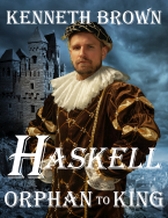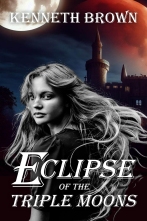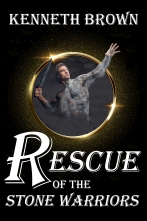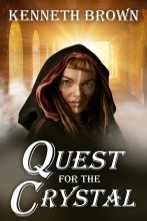Adgitize Press
What are the Building Blocks of a Novel
By: Ken Brown
Published: 6/22/2019
Novel Basics
- Characters
- Settings
- Plot
- Theme
- Scenes
- POV
Characters are the people the story is about. You will have good characters and bad characters. Most stories have a principle character, known as the protagonist, we will follow throughout the novel. The novel is about the protagonist reaching her goal.
To make an interesting novel you will have someone trying to prevent the protagonist from reaching her goal. This character is known as the antagonist. Your antagonist can be an evil dictator, a friend vying for the same love interest or a parent preventing a teenager from going to the basketball game on Friday night.
Settings of a novel represent the world where the story takes place. It can be a flower shop, a bustling city, a nation or group of nations, a world, multiple worlds or an entire galaxy. But that’s the big picture setting. Each scene will have a specific setting, a forested area, a back yard, a kitchen, an active police station, a school or a single school room like the music room. Settings represent what’s on the wall, the clothes the characters are wearing, weather, waves, rocks, trees, the color of the bed spread and millions of pieces of detail you can weave into a story to describe the scene.
Plot represents the action, mystery, events, conflicts, and resolution of the story. This is the introduction of the characters, rising action as the character makes a goal and begins moving toward that goal, the conflict that occurs as the character is buffeted from reaching her goal, the climax as the protagonist and antagonist battle, and the resolution where the reader finds out how the story ends and what happens to each of the characters.
Theme is the underlying message of what the story is really all about. The story is about good versus evil, love, marriage between two diverse people, death, violence in the world, living through illness with optimism or pessimism, or growing from a child to an adult. Theme is supposed to be a subtle message in the background of the story, if it becomes too obvious it is considered preaching.
Scenes are the individual sections of a novel where a portion of the novel takes place. This isn’t the setting, though setting is a part of a scene. It represents an individual portion of time and place where something occurs to the protagonist or the antagonist does something which affects the direction the hero wants to go. Scenes have a forward momentum with goals, conflict, and disasters or they can be reflective sequels with reactions to what happened, or discussion of the dilemma facing our characters or making a solid decision about what they will do next to get out of their current predicament.
POV is short for point of view. POV is from whose perspective are we seeing the story? Normally we will see the story from the protagonist’s point of view. But as the story progresses we can change POV to other characters including the antagonist.
POV also refers to how the story is told.
First person point of view: I ran to window as the Sheriff pulled into the driveway. In this example the character is relating the story as her actual experience.
Second person You can build muscle by adding more weights to your workout. This is used less often in fiction, but normal in self-help books.
Third person limited She ran to the window as the Sheriff pulled into her driveway. This is common in many of today’s best sellers. The story teller is relating the story from outside of the actual experience.
Third person omniscient Again: She ran to the window as the Sherriff pulled into her driveway. The story teller is outside of the actual experience and the narrator has full ability to be inside the head of every character in the book.
Recent Blog Articles
Full Moon Snow Covered Backyard
My Current Projects October 2020
Make Your Settings Do Double Duty
Understanding the Scene Process
What is a Scene Purpose or Focus
The Reaction Scene or Sequel Scene
What are the Building Blocks of a Novel
Your Writing Effort is Front Loaded
What I Learned from Reading Lee Child Books
Six Reasons to Describe Your Characters




